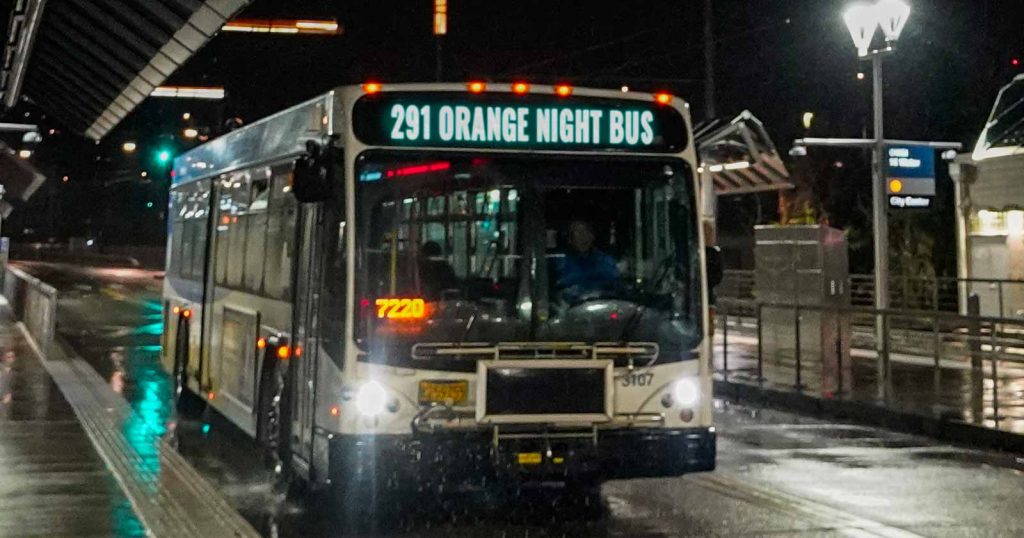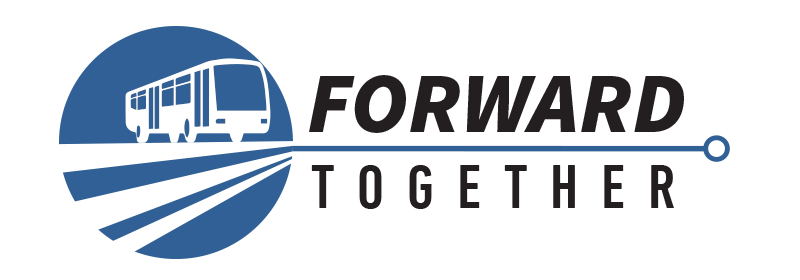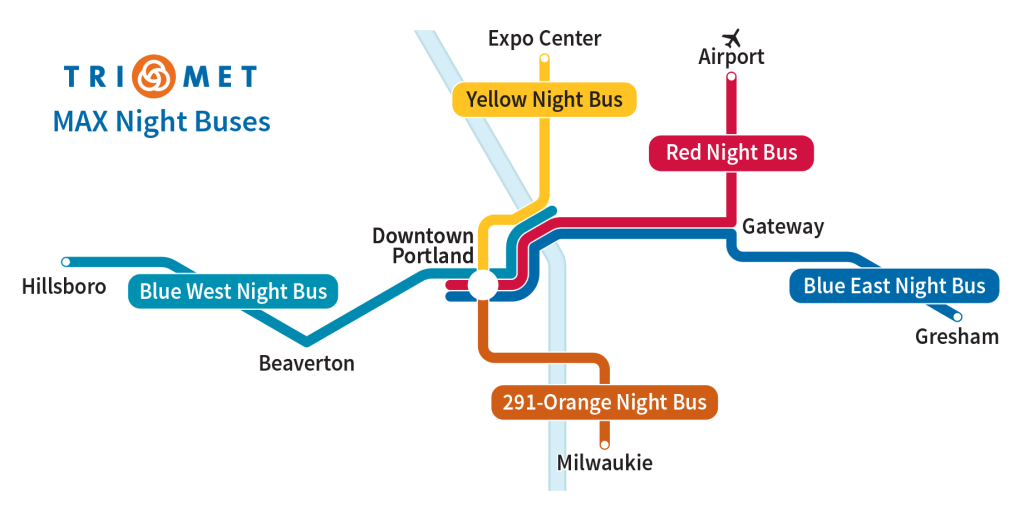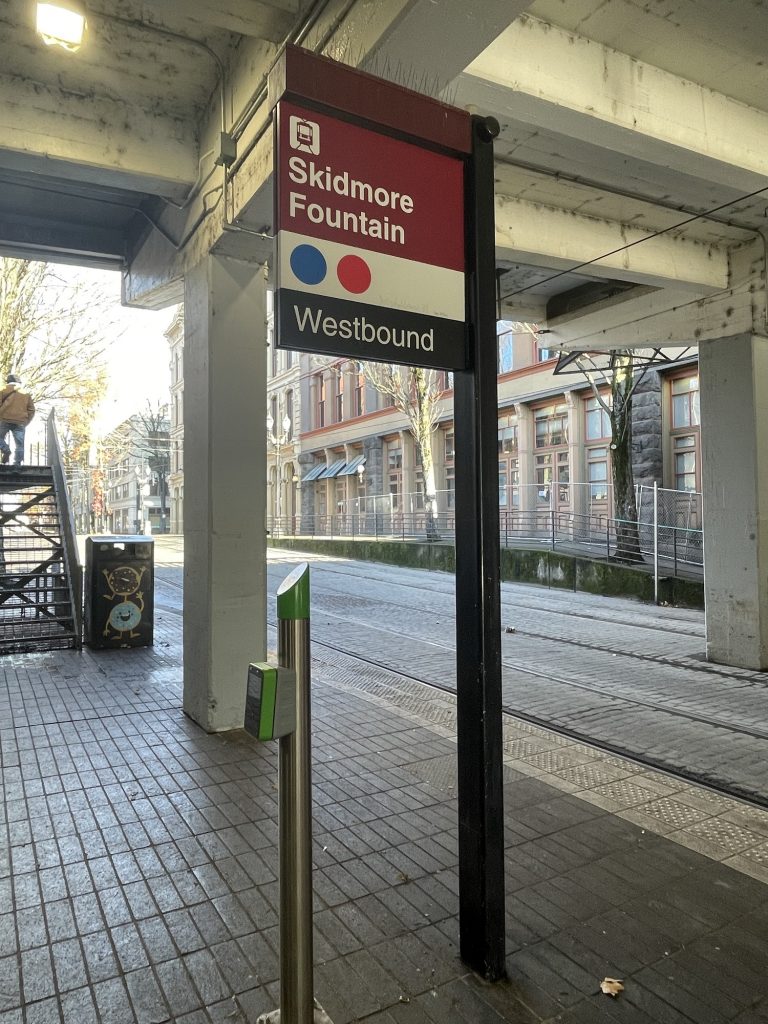Proposals aimed at adding and expanding bus service, improving MAX maintenance and reliability and speeding up trains head before TriMet Board March 27

TriMet’s Board of Directors will take up proposals next week at their March meeting that are geared toward improving bus and MAX service. They’ll begin considering two ordinances, one for our Fiscal Year 2025 service plans, which includes expansion of night buses to replace late-night MAX trains, adding three bus lines and adjusting 30 others, as well as bringing bus service hours within 5% of pre-COVID-19 pandemic levels. The second ordinance calls for closing the Skidmore Fountain MAX Station to speed up MAX Blue and Red Line service.
The Board is meeting Wednesday, March 27, at Clackamas Community College, rooms 170/172 in the Harmony West Building, 7738 SE Harmony Rd., Milwaukie. They will hold a public hearing as part of the first reading of each ordinance, as required by Oregon Budget Law. Public forum will begin at 9:30 a.m., with in-person sign-ups beginning at 9 a.m. Virtual testimony sign-ups will close at 2 p.m. on Tuesday, March 26. For more information on sign-up for virtual testimony or to provide written testimony, visit trimet.org/meetings/board.
TriMet previously engaged the community around the proposals. We conducted outreach and held a series of open houses in fall 2023 about our Forward Together bus service improvements, receiving more than 1,700 comments. Additional outreach and open houses were held in January 2024, focused on the second year of bus service changes under our Forward Together plan, as well as the MAX night bus network and Skidmore Fountain concepts. More than 1,000 comments were received. The proposal to close the Skidmore Fountain MAX Station has gone through extensive outreach previously and years of review.
Forward Together enters year two

TriMet’s bus service improvements are in full swing through our Forward Together Revised Service Plan. They’re designed to build better connections and increase ridership. After all, riders are front and center in the improvements, playing a major role in crafting the Forward Together plan in 2022. Our goal is to focus on how and where people ride, and to improve connections to destinations, particularly for people with low and limited incomes.
The second year of Forward Together looks to add three bus lines to our Frequent Service network, with buses arriving every 15 minutes or more often for most of the day, every day. Plans also call for three new bus lines and changes to 27 other bus lines.
To learn more about all of the proposed changes, visit trimet.org/betterbus.
Improving MAX reliability with a night bus network
TriMet has the second-shortest overnight maintenance period of any transit agency in the United States that operates light rail. That’s despite just 2% of MAX riders making trips after midnight. In late summer/early fall of 2023, an average of just over 1,200 trips were taken across all MAX lines between midnight and the start of service shortly before 4 a.m.

Providing late night transit service on buses along the MAX lines would extend our light rail maintenance period, reducing the need to disrupt MAX service during the day in order to accomplish critical rail improvements and reduce unplanned disruptions as well. A longer period of downtime on the MAX system would also allow maintenance teams to perform more thorough cleaning and detailing work aboard our trains after hours. While the overnight window differs by MAX line, there is currently only a 47-minute period when no trains are running anywhere on the system.
We’re modeling the proposed MAX night bus network after the existing Line 291-Orange night bus. Line 291 was established in 2015 to provide more service from Downtown Portland to Milwaukie while at the same time giving crews a window to perform work on MAX tracks.
Similar to Line 291, the night buses would replace trips after midnight on the MAX Blue, Red and Yellow lines. For the Blue Line, its shuttle buses would be split between two separate segments due to its length — a Blue Line East, between Cleveland Ave in Gresham and Goose Hollow, and Blue Line West, between Hatfield Government Center in Hillsboro and the Rose Quarter Transit Center. This will help buses stay on schedule and give operators more opportunities for breaks. A MAX Green Line night bus is not needed because the Green Line already has a nearly five-hour overnight work window. Additionally, service between Milwaukie and Downtown Portland would be added to the Line 291-Orange Night Bus, which currently offers only southbound service to Milwaukie.
Skidmore Fountain: streamlining service

The best transit system designs strike the right balance between speed and convenience in order to maximize ridership and serve the community. With this in mind, TriMet has examined ways to speed up service, including the removal of some MAX stations in Downtown Portland.
In 2019, TriMet conducted a station optimization study to determine whether the closure of four downtown stations could improve efficiency and retain convenience. TriMet identified the Kings Hill/SW Salmon, Mall/SW 4th Ave, Mall/SW 5th Ave and Skidmore Fountain MAX stations as the best candidates for consolidation. While the other stations have already closed, Skidmore Fountain, which is only two blocks from the Old Town/Chinatown MAX Station—or 500 feet—underwent a multi-year review. TriMet is moving to close the station in fall 2025 as it has not met the two conditions identified to remain open: 1) ridership did not increase at the station and 2) development in the area did not occur. In addition to the Old Town/Chinatown Station being just two blocks away, the Oak/SW 1st Ave Station is also close by, just four blocks to the south.
Evaluations following the closures of the Mall and Kings Hill/SW Salmon stations found time savings of two minutes, which we hope to further improve with Skidmore’s closure.
Learn more at trimet.org/maxdowntown.
